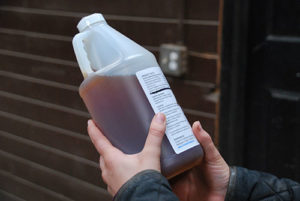Idle Periods for 2-Year-Old Thoroughbreds: Negative or Necessary?
- Topics: Article, Thoroughbred Racing, Thoroughbreds
According to New Zealand equine researchers, 2-year-old Thoroughbreds that are "idle" during training have prolonged times from starting training to entering either a trial (i.e., a practice race with no betting) or a race, but caution must be used to ensure horses get breaks when needed.
"Thoroughbred trainers often give their horses time off from training, called a ‘spell’ or layup’, for a variety of reasons, including injury or simply time to grow and mature," explained Charlotte Bolwell, PhD, a research officer at the Massey University Institute of Veterinary, Animal, and Biomedical Sciences in New Zealand.
Because few studies have investigated the impact of training interruptions–defined as a break of more than 7 days from training–on the future performance of Thoroughbreds, Bolwell and colleagues followed a cohort of 2-year-olds over two racing seasons from the start of their training. The trainers participating in this study gave horses a median of 50 days off for voluntary training interruptions (based on a trainer decision) and a median of 68 days for involuntary interruptions (due to lameness, for example).
"Overall, 137 out of 200 horses had voluntary training interruptions," noted Bolwell. "It took only 70 days of training for horses with no interruptions to get to their first trial, but 184 days to get to their first trial if the horse had a voluntary interruption in training. Whilst it may have taken longer, 88% and 67% of horses that had voluntary or involuntary interruptions, respectively, went on to start in a trial
Create a free account with TheHorse.com to view this content.
TheHorse.com is home to thousands of free articles about horse health care. In order to access some of our exclusive free content, you must be signed into TheHorse.com.
Start your free account today!
Already have an account?
and continue reading.

Related Articles
Stay on top of the most recent Horse Health news with

















